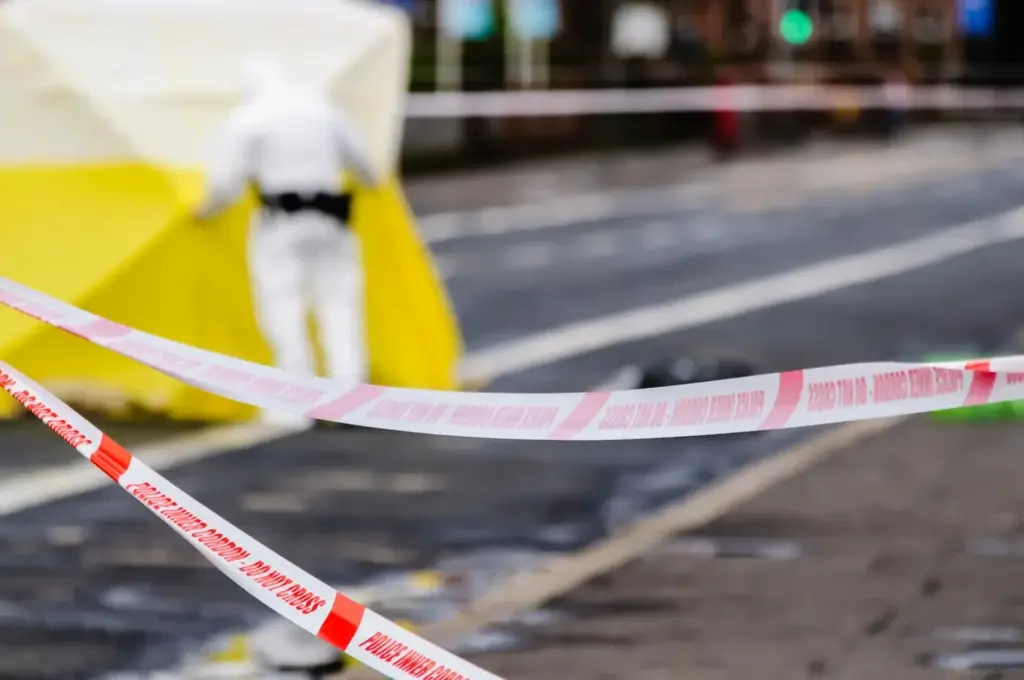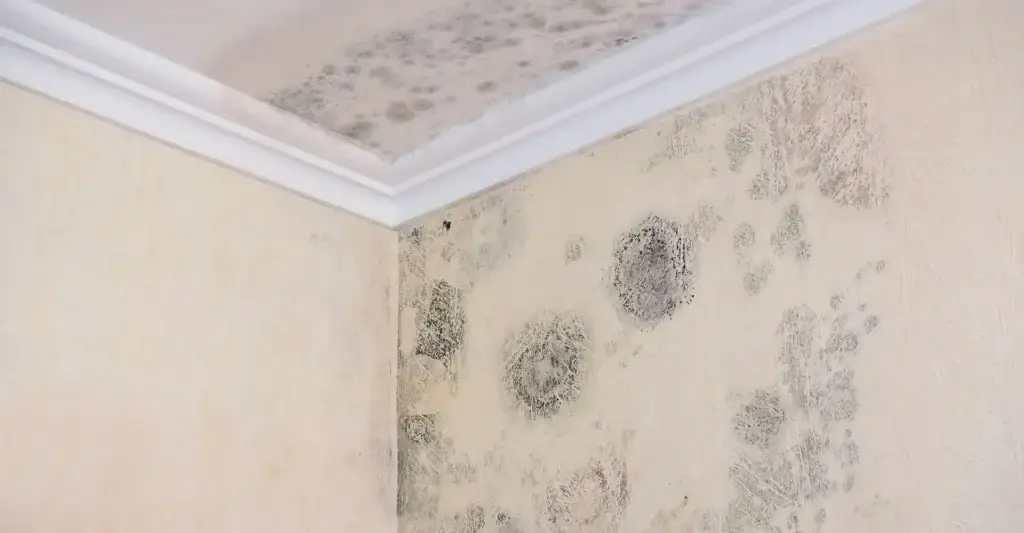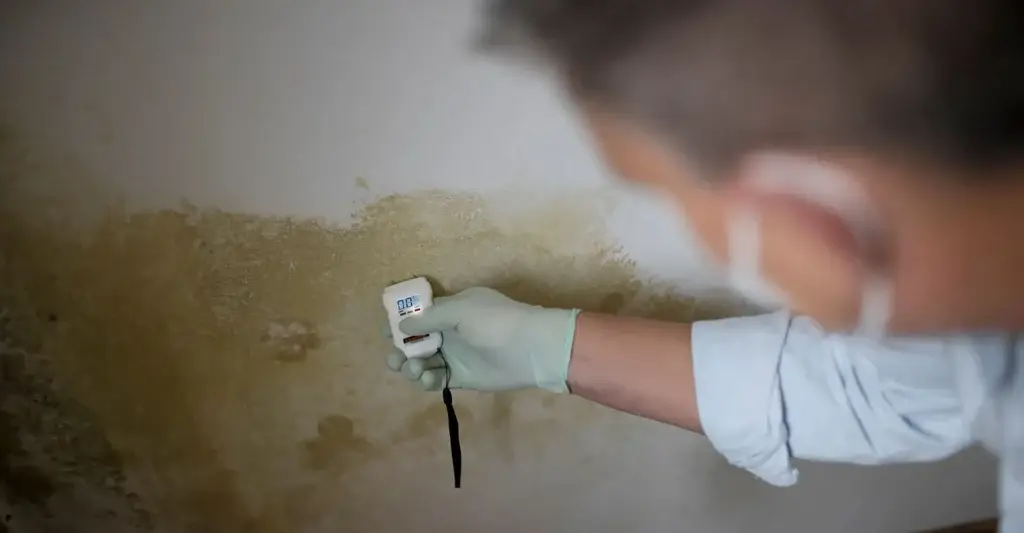Commercial organisations depend on reliable infrastructure, every hour of every day. When fire or flood damage interrupts operations, the ripple effect reaches far beyond the building itself. Safety concerns arise instantly. Revenue begins slipping away. And operational downtime becomes increasingly expensive. The London Chamber of Commerce estimates that unplanned interruption can cost UK businesses over £10,000 per hour, with even greater consequences for logistics, retail and hospitality.
In emergencies, the partner you choose will influence cost, recovery speed and continuity. This isn’t a decision to leave for the moment the alarms sound. The most resilient organisations identify and appoint a restoration partner long before they ever need one.
Skip to:
Rapid mobilisation prevents escalation
The right partner keeps your business running
Documentation should support insurers, not slow them down
Commercial-grade capability maximises success
Experience in environments like yours matters
What’s at stake if the wrong partner responds?
Rapid mobilisation prevents escalation
The first response impacts everything that follows. Water penetrates structural materials within minutes; smoke particulates travel through HVAC systems in seconds; mould can begin forming within 48 hours. The faster the intervention, the more risk and cost can be contained.
A restoration partner should therefore commit to:
- A guaranteed on-site response SLA – 24/7/365
- Direct communication with trained responders (no call queues)
- The ability to scale deployment across large sites or portfolios
A fast arrival isn’t just good service, it protects business performance.
The right partner keeps your business running
Commercial buildings are often still in use during recovery: residents need accommodation, guests need rooms, and supply networks cannot rely on delays. Simply closing the doors isn’t always an option.
Your partner must be capable of:
- Implementing safe containment zones for operational continuity
- Coordinating with facilities, H&S and compliance teams
- Managing recovery in phases to avoid full shutdown
The priority is not only restoring the property, but protecting the organisation while doing so.
Documentation should support insurers, not slow them down
Recovery success extends beyond the technical clean-up. Insurance approval can be a major bottleneck if reporting isn’t aligned to expected standards. Robust documentation proves remediation effectiveness and accelerates reinstatement.
Your provider’s reporting should include:
- Moisture and environmental testing logs
- Clear photographic and materials condition evidence
- Structured updates for insurers and loss adjusters
Efficient validation means faster approvals and reduced downtime.
Commercial-grade capability maximises salvage success
Early intervention with powerful drying and decontamination equipment can significantly reduce secondary damage. Research from UK insurers shows that when the correct systems are used immediately, total project costs can reduce by up to 30%.
Expect your partner to arrive with:
- High-volume extraction equipment
- Desiccant drying systems suitable for large-footprint buildings
- Thermal imaging to detect concealed moisture
- HEPA filtration to restore safe air conditions
Technical capacity directly influences operational risk reduction.

Experience in environments like yours matters
Every building type has different priorities: data-led offices, trading-dependent retail units, high-occupancy accommodations, safety-critical warehouses. Proven success in similar contexts builds confidence.
Case snapshot – Recycling hub in Kent
A devastating fire broke out at Viridor’s Polymer Recycling Plant in Kent, causing extensive damage to its 45-square-metre facility. As a major UK provider of commercial waste management services, the disruption had a significant impact on operations.
Once approved, our team mobilised fast and initiated a planned six-week cleaning programme. It included:
- Removing fire-damaged sections of the roof and high-level plant areas.
- Clearing accumulated waste and ensuring the site was free of toxic residues such as chlorides, which can corrode machinery.
The fire cleaning programme was completed in just over five weeks, exceeding expectations and enabling Viridor to accelerate repairs and reopen the facility sooner than anticipated.
This illustrates what a capable partner delivers, getting you back on track fast and minimising downtime.
To learn more, read our commercial fire damage case study.
What’s at stake if the wrong partner responds?
Commercial and financial impacts escalate when decisions are delayed:
- Revenue interruption grows exponentially after the first few hours
- Regulatory and insurance issues multiply if compliance isn’t demonstrated
- Personnel safety is at risk if environmental hazards go unmanaged
- Costs rise from salvageable damage turning into full reinstatement
The right partner prevents a short incident from becoming a long-term business disruption.
A simple checklist for evaluating partners
When reviewing potential providers, confirm they offer:
- Guaranteed rapid response SLAs
- Accredited compliance and reporting
- Proven commercial case studies (preferably in your sector)
- Industrial drying and environmental control technology
- Ability to maintain continuity where safely possible
- Direct coordination with insurers and stakeholders
If any of these elements are missing, the risk sits with you.
Preparedness turns a crisis into a controlled response
Emergencies rarely offer warning. But they do offer a choice in how an organisation responds. When a restoration partner is already appointed and already familiar with your sites and expectations, the reaction shifts from panic to procedure. Internal teams know exactly who to call. Mobilisation begins immediately. Damage is contained before it grows. And what could become a major operational disruption becomes a short-term challenge that’s quickly resolved.
Preparedness is not an administrative exercise, it is business protection. It safeguards customers, keeps stakeholders confident and prevents avoidable cost escalation. It ensures that when a fire or flood threatens what your organisation depends on, continuity and safety remain firmly in control.
Ideal Response supports commercial properties across the UK with accredited fire damage cleaning and flood recovery focused on three operational priorities: protect people, protect continuity, and protect the bottom line.
Need urgent support? Call 01622 926 505
FAQs
How fast should a commercial restoration provider respond?
Commercial incidents escalate rapidly, so your provider should offer an agreed SLA that guarantees on-site attendance, not just a return phone call. Rapid mobilisation prevents secondary damage to structure, stock, and building users, and can reduce overall recovery costs significantly. Confirm that response times are written into your agreement, with a clear point of contact available 24/7.
Can operations continue during fire or flood restoration?
Often yes. With correct containment, controlled access and air management, recovery can take place while occupants safely continue using unaffected areas. A skilled restoration partner will always aim to protect revenue and business continuity, planning work phases around peak trading or operational hours to minimise disruption.
Why is robust documentation so important during recovery?
Insurance approval depends on accurate evidence of both the damage and the remediation. Detailed moisture mapping, photographic reporting and environmental readings help validate the claim and support reinstatement decisions. When documentation is handled professionally from day one, delays are avoided and costs are controlled.
What qualifications should a commercial restoration provider hold?
Look for recognised UK accreditations such as ISO management systems and CHAS or SafeContractor certification. These indicate structured governance, safety compliance and operational reliability. Specialist training in fire, water and environmental remediation ensures the technical work meets industry standards and protects your legal responsibility as a duty-holder.
What type of equipment should a professional restoration team use?
Commercial buildings require industrial technologies capable of stabilising large spaces quickly. This includes high-volume water extraction, desiccant drying for structural systems, thermal imaging for hidden ingress and HEPA filtration to protect air quality. Having this equipment available immediately helps minimise long-term business interruption.
What are the advantages of appointing a partner before an incident happens?
Preparedness removes uncertainty. Internal teams know who to call, mobilisation begins instantly and the recovery approach is already aligned to your operational needs. A pre-appointed partner helps prevent avoidable costs and keeps business continuity intact, even during significant disruption.

Chris Hedges - Head of Marketing
With over 25 years' experience, Chris is adept at defining and driving strategy, while also enjoying hands-on operational delivery. He believes in an equal blend of creativity and analytical scrutiny, always finding inventive ways to achieve objectives, underpinned by evidence. Chris’s philosophies are simple: don't overcomplicate, always prioritise customer experience, and bend the rules just enough to cut through the noise and drive momentum and growth.





















